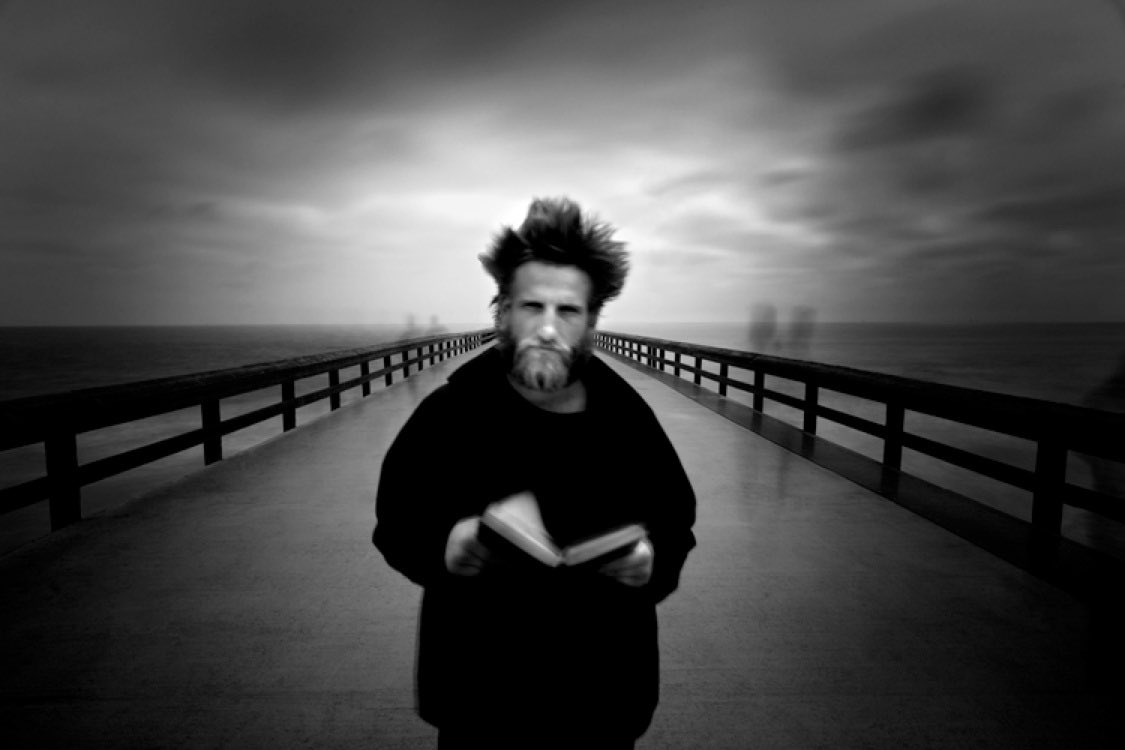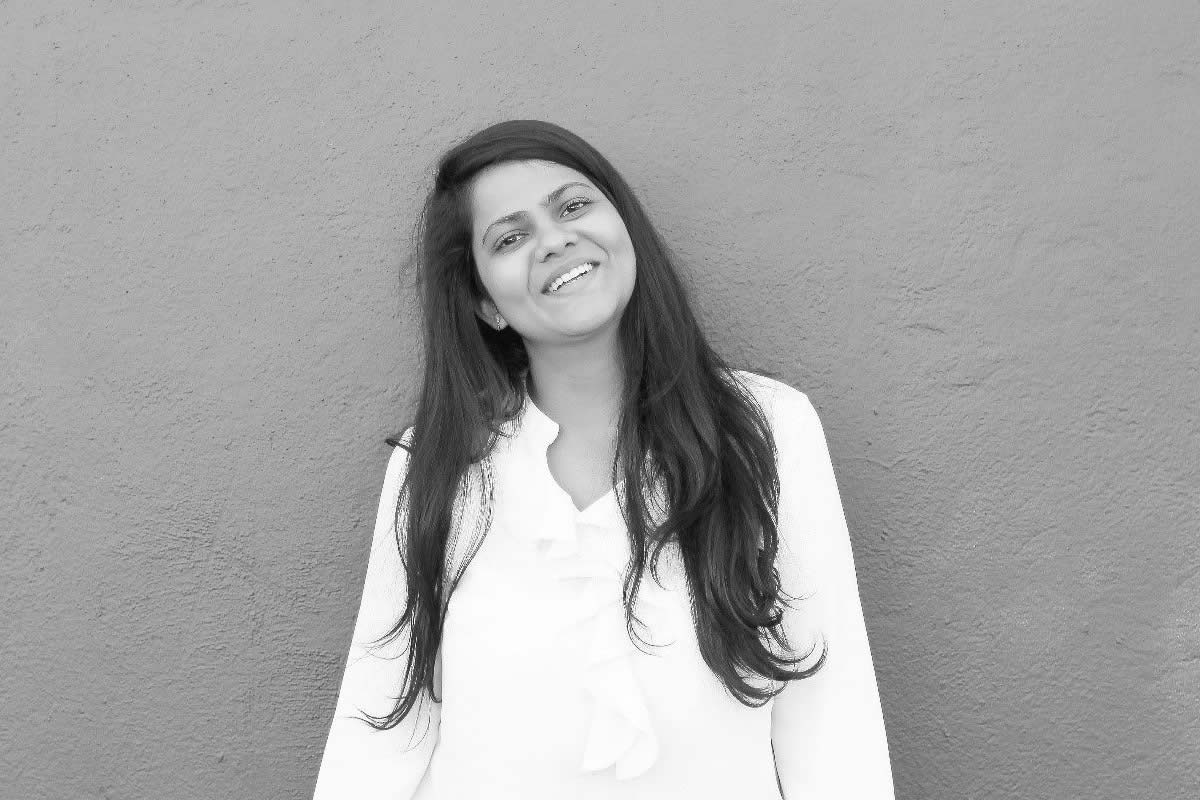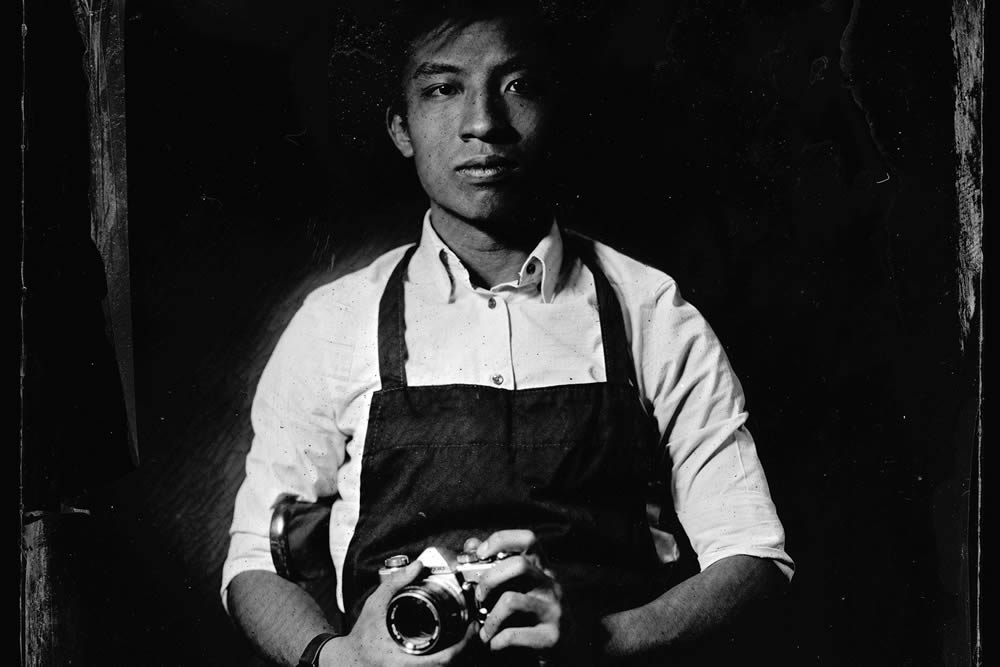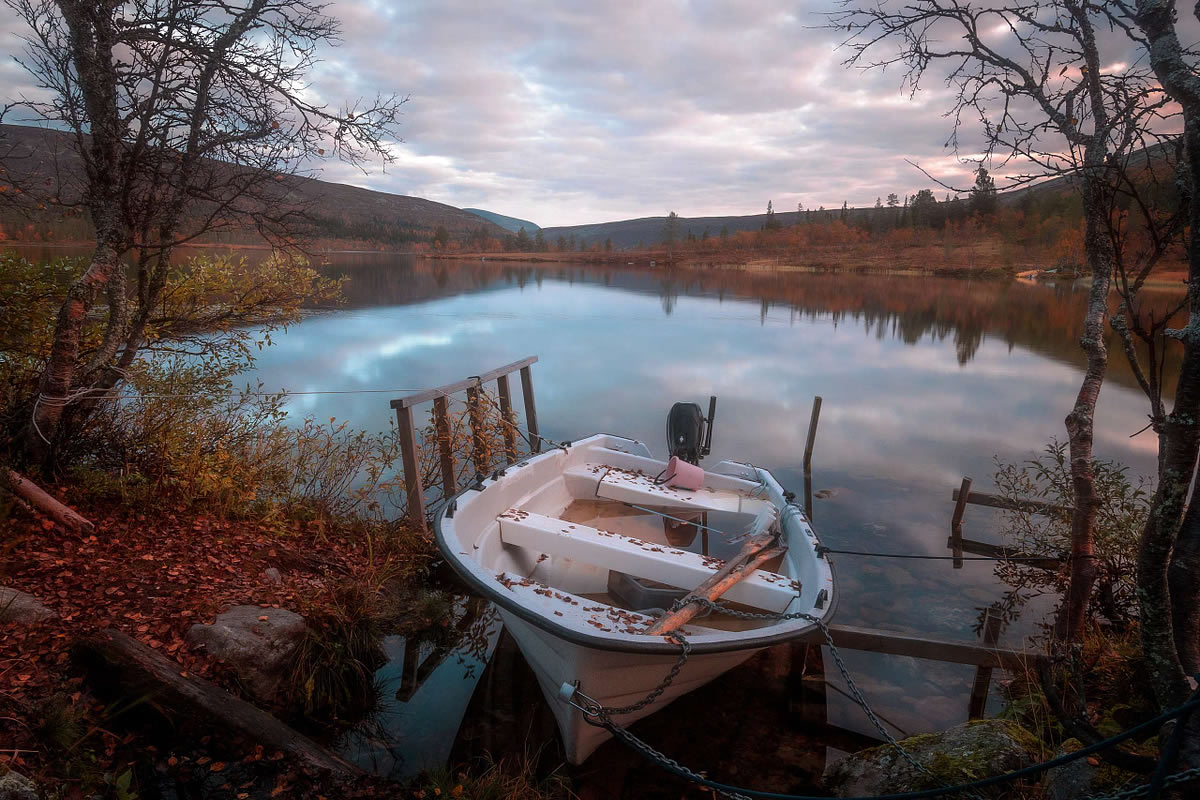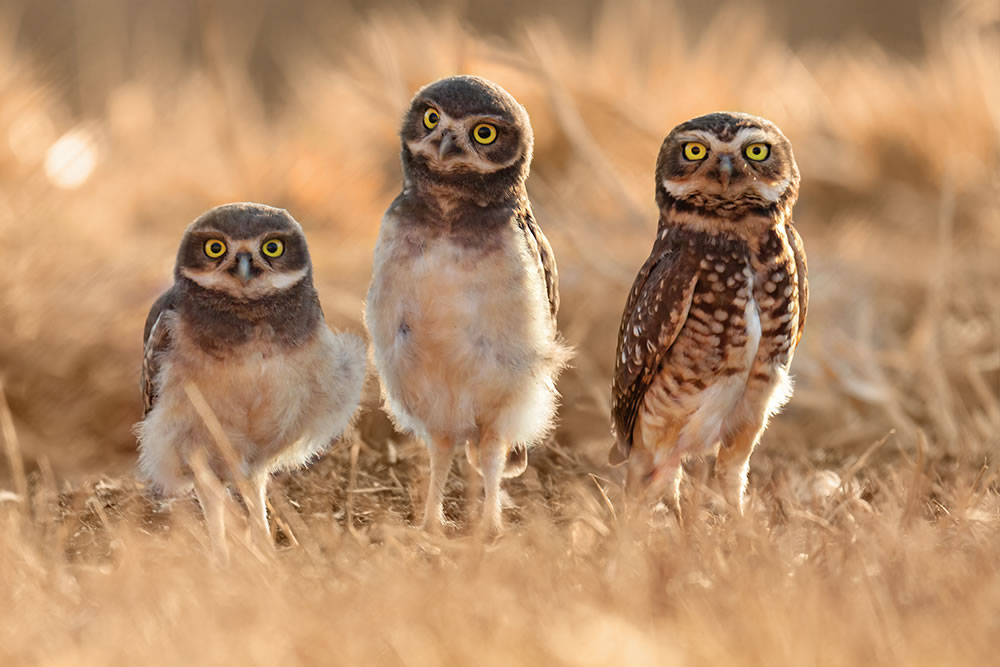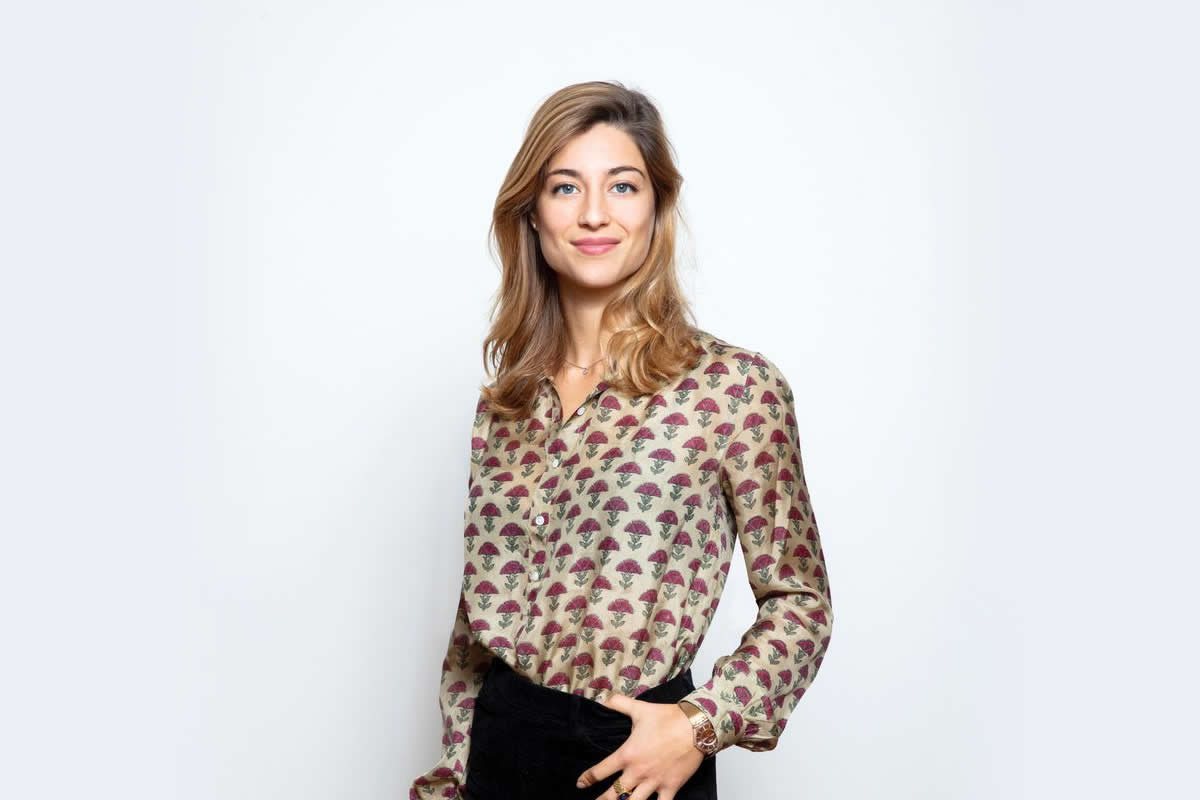An Introduction about you
I grew up moving around the United States, my father was in the Air Force and so we never stayed in one place for very long. We finally settled in Southern California and this is where I call home, it was a good life growing up on the beach.
I married and started a family in California, but in 1993 we moved to Northern Colorado and we now live on a small ranch.
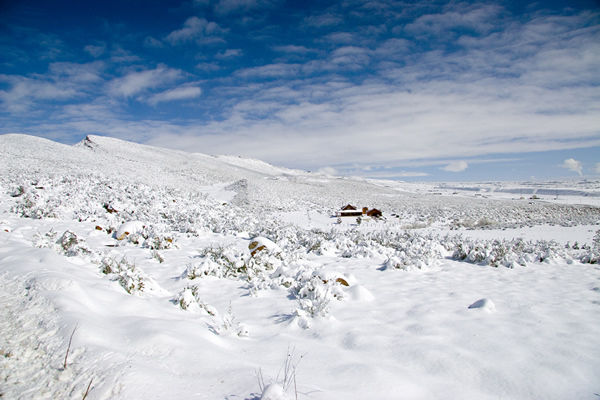
I have a full time job (which is a surprise to most people) where I have worked in private education for the last 31 years. I have five children, three daughter-in-laws and one grandchild. I am 57 years old.
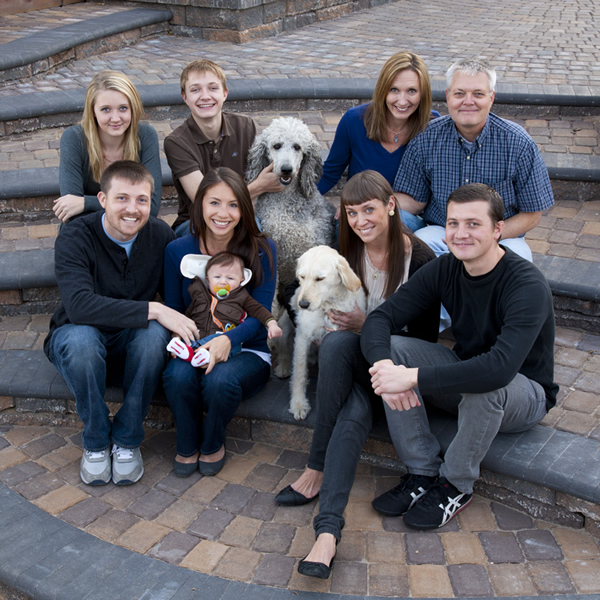
The loves of my life are: my family, photography, architecture and scuba diving. My life is pretty average and unremarkable.
How did you get into photography?
I was living in Rochester, NY (the home of Kodak) as a 14 year old boy. I was out hiking with a friend when we came across the ruin of an old house. My friend told me that it had once been the home of George Eastman, the founder of Kodak.
This piqued my interest and so I checked out his biography from the school library and read it in just days. I was so fascinated with photography that before I had even finished the book, before I had taken a picture or seen a print come up in the darkroom, I knew that I wanted to be a photographer.
So, like millions of kids before me, I purchased a small developing kit and took over the family bathroom. I am self taught and for the next ten years I read everything there was on photography and if I wasn’t reading about photography, I was out shooting or in the darkroom. I spent a great deal of time studying the works of the great masters: Ansel Adams, Edward Weston, Paul Caponigro, Paul Strand, Dorothea Lang, Wynn Bullock and many others.
I have always been drawn to a particular type of photograph; black and white, dark images with high contrast. These images mesmerized me and I wanted to create images just like these. Here is what I consider my first “good” image, created at age 14.

During these early years I thought of myself a “photographer” and thought that it was a “sin” to modify my images. I thought my duty as a photographer was to portray a scene as realistically as I could. Of course I now understand that everything I do modifies an image, but back then I believed my duty was to portray reality. Here is an image I created at age 17:
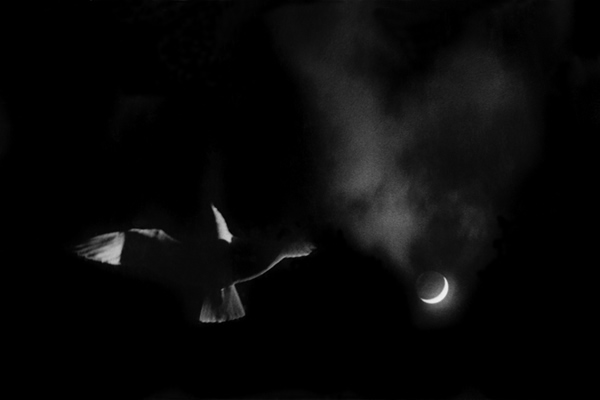
Thinking like a “photographer” was holding me back from developing my artistic abilities, but there also was another barrier that was preventing me from growing. I found myself not just studying the works of the great masters, but also trying to imitate their techniques and sometimes even their shots! Ansel Adams was my photographic hero back then and I remember how proud I would be when someone would look at one of my images and say “this reminds me of Ansel Adams’ work!” But something happened years later that would change how I felt about such a comment.
I was attending Review Santa Fe, this is where selected photographers show their portfolio to experts in the field and receive comments and suggestions. I was showing my work to the last reviewer of the day and he looked at my work, roughly pushed it back to me and said: “it looks like you’re trying to copy Ansel Adams.” I replied that I was, that I loved his work.
He then something very profound to me, he said: Ansel’s already done Ansel. What can you do that shows your unique vision?
Ouch! That comment really stung and I was so hurt that I could not hear his message for a very long time. But finally its meaning became clear to me; was my life’s ambition to be the world’s best Ansel Adams imitator? Was that all that I hoped to achieve with my art?
For years the comment: “your work reminds me of Ansel Adams'” was a huge compliment. Now it was an insult and evidence that I had failed to develop my own vision.
This was a turning point in my artistic life. It was the moment I vowed to stop copying others and the moment when I wanted to be an artist and not a photographer.
But I had doubts about my own vision; did I have one? How would I find it? How would I develop it?
I could find no instructions on how to find your vision and so I developed my own plan. First, I would stop looking at other photographer’s work, something I call “photographic celibacy.” I reasoned that if I was to develop my own vision, I could not continue to immerse myself in other people’s vision because doing that caused me to copy their work, either consciously or subconsciously.
Next I started using different words; I started to refer to myself as an artist and I stopped using the phrase “taking pictures” and would start saying “creating images.” It was a small thing, to change my words, but it served to remind me of my goals and what I wanted to achieve.
I also discarded my old belief that it was wrong to modify my images. It seemed to me that the entire purpose of an artist is to portray what they see through their vision, not with their eyes. So now when someone asks if I “manipulate” my images, I say “Yes!” and explain.
I also decided that I’d start ignoring what others thought of my work and focus only on what I thought of it. In the past I’d show people my images, ask them which ones they liked, and then I’d find myself going off in that direction. The problem with this approach is twofold: first you can never please everyone and so one day I was off in this direction and the next day I was off in another. Secondly, art should be about passion and that means I needed to pursue the images that I was passionate about.
After I stopped listening to others I stopped producing work that I did not love, no matter how much others liked it. If you have to choose between pleasing yourself and pleasing others, always choose to please yourself. At least when it comes to art!
So that was my program to find and develop my own vision. It was a very difficult and frustrating process and it took me several years, but gradually I started to recognize my vision. The first image that I created with this new outlook and philosophy was The Angel Gabriel:
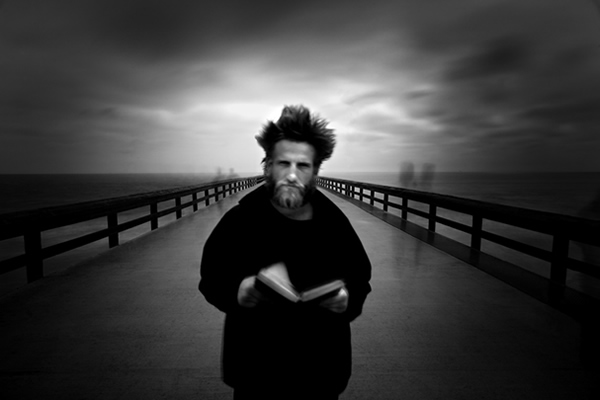
This was the first time that I had purposefully created something from my vision, and it was the first time I modified the image to bring the shot into compliance with that vision.
It’s been about five years now, since I made that determination to find my own vision. It’s not a destination and I’m still working on it, trying to see uniquely and to further develop my vision.
Have you ever felt like “I’m not able to convey my inner most thoughts to my subjects completely”?
I never consider the viewer when creating my art. I create for myself, not the viewer and my only obligation is to myself.
Nor do I explain my images to the viewer, they are what they are and each person is free to find their own meaning in them.
Does my art have meaning?
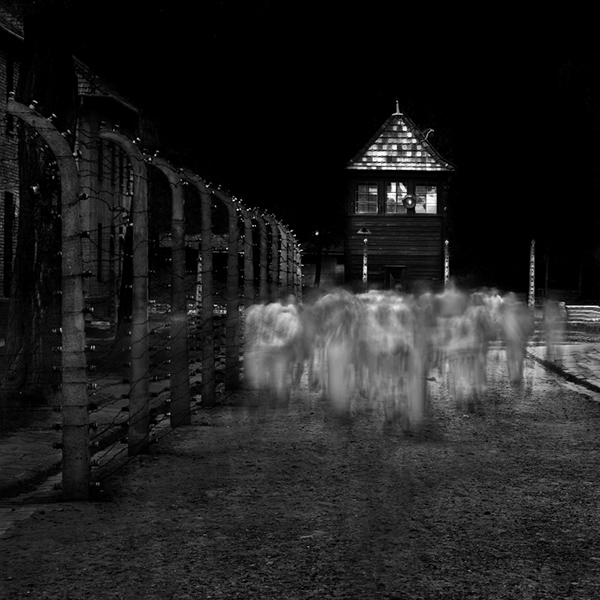
Sometimes my work has obvious meaning, such as “The Ghosts of Auschwitz and Birkenau.”
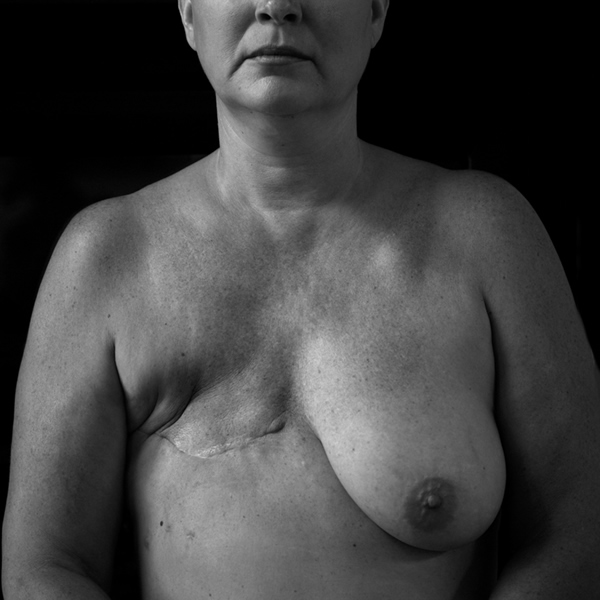
Or my series “Linnie, A Portrait of Cancer.”
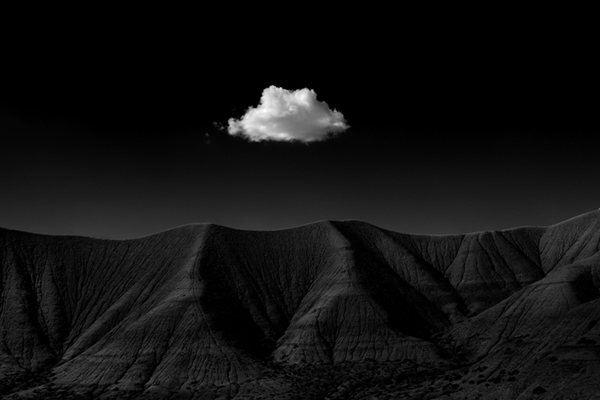
But often I’m simply creating beautiful images which may or may not have a deeper meaning. When people ask me what my images mean, or what was I trying to convey to the viewer, I think of these words from the song “With A Little Help From My Friends” by the Beatles: I can’t tell you, but I know it’s mine.
So no, I don’t have a problem conveying my inner thoughts to the viewer, simply because I’m not trying to convey anything. My images are what they are.
In your words what makes Fine Art Photography so special?
I look at great fine art images and I think; isn’t it obvious why these are so special? Can paltry words improve upon what these images convey?
I do not think words are adequate or needed. If a person cannot see the beauty in great images, words will not help.
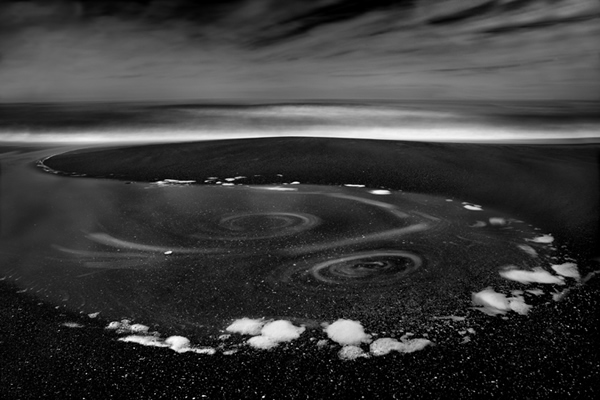
When I am seeing your work, you have traveled a lot. Which country you like and why?
Most of my travel has been inside the US and even then I’ve only seen a small part of my country. I have done some international travel: I visited Japan when my son who was in the military was stationed there, we went to Ukraine to visit another son who was serving in the Peace Corps, and then to England where we took a family vacation. I loved all three locations for different reasons.
The Japanese are so very polite and considerate and all I had to do was raise my camera on the street and hundreds of people would come to a stop rather than walk in front of me and ruin the shot. The Ukrainians are generous to a fault, and would give you their last bit of food and the shirt off of their backs. I love the quiet resolution of the British and the depth of history that is always visible to the eye. All three trips were incredible experiences that produced some wonderful images and memories for me.
But my favorite country would have to be the US and for obvious reasons; this is my home. The wide range of geography is just amazing from our wonderful coasts to Death Valley, from the Great Lakes to the Rocky Mountains. It is so vast that I doubt I’ll be able to see it all in my lifetime.
And then there is the American spirit, we are a very young country compared to the rest of the world, but we have such an independent “can do” spirit that makes all things possible.
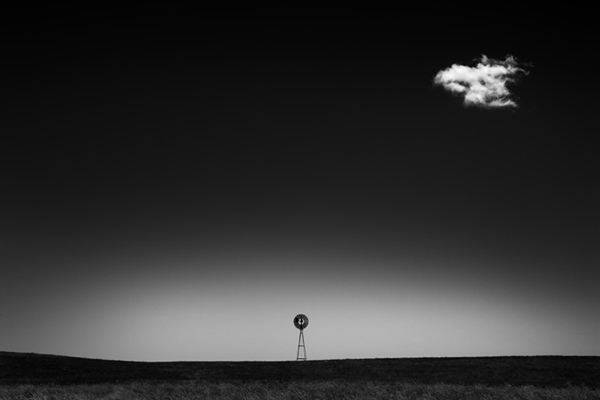
Most of your pictures are in Black & White any reason behind that?
I have always been drawn to black and white, even as a boy. But why? I think my artist statement sums it up best:
“I am often asked, “Why black and white?” I think it’s because I grew up in a black-and-white world. Television, movies and the news were all in black and white. My heroes were in black and white and even the nation was segregated into black and white. My images are an extension of the world in which I grew up.“
The truth is that while color catches my eye, black and white holds my attention.
I’ve only exhibited (2) color images in my life, and both somewhat recently.


My color attempts were feeble and my heart just wasn’t in it. I’m a black and white guy, through and through, and I always will be.
For me color records the image, but black and white captures the feelings that lie beneath the surface.
In your language what it takes to make a Good Photograph?
I have a rule that describes the process of making a great image, it’s called “Cole’s Rule of Thirds” and it is: A great image is comprised of:
- 1/3 vision
- 1/3 the shot
- 1/3 processing
A great image begins and ends with your vision. Vision is the sum total of our life’s experiences that make us see things uniquely. When we look at a scene, it’s the way we instinctively see it in our minds eye. Our job as an artist is to bring that scene into compliance with our vision.
When we pursue an image with vision, then equipment and process becomes the servant and the creative process the master. It’s only then that great images can occur.
Vision is everything.
Looking back at your work, which of your pictures or stories make the strongest impression on you?
Each of my images has a story behind them. Sometimes the story is significant and everyone can relate to it, such as The Angel Gabriel, and other times the story is a simple and personal one and the image forever reminds me of it.
It would be impossible to choose just one, but here are several that I guess you could say are my “favorites.”

Harbinger : The story behind this image is one of a father and son, and one of fleeting opportunity that quick action captured. Full Story here

Windmill in Moonlight: This image will forever remind me to “Always Stop” when you seen an opportunity, for that opportunity will never repeat itself. Full Story here
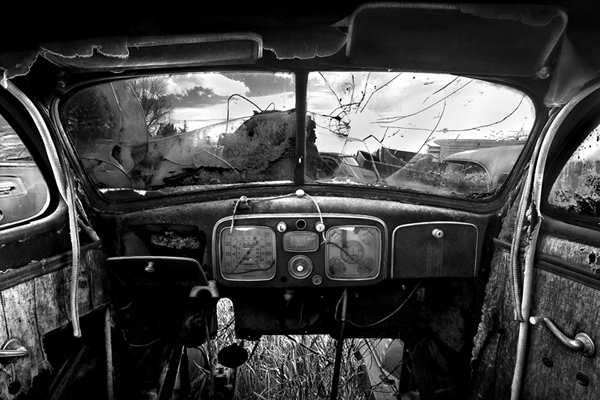
Old Car Interior: This image caused me to stretch my Photoshop capabilities beyond what I had done before. My Photoshop skills are so very primitive that Popular Photography called me “The Photoshop Heretic.” Full Story here
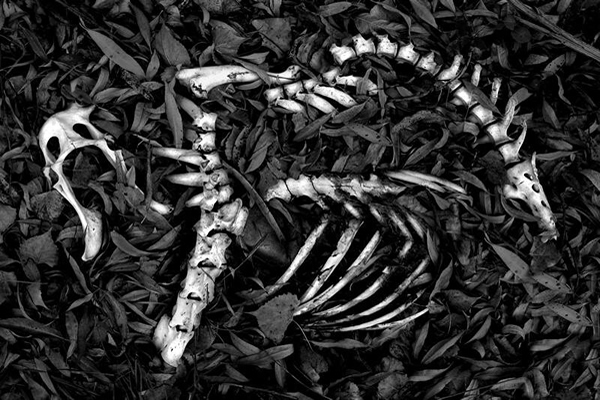
Skeleton: This is one of my favorite images, but rarely appreciated by others. It reminds me to always be looking for photographic opportunities; they are all around you, even at your feet.

The Angel Gabriel: I generally do not believe that the story should be necessary to make an image great, but this is a memorable story that everyone loves and remembers. Full Story here
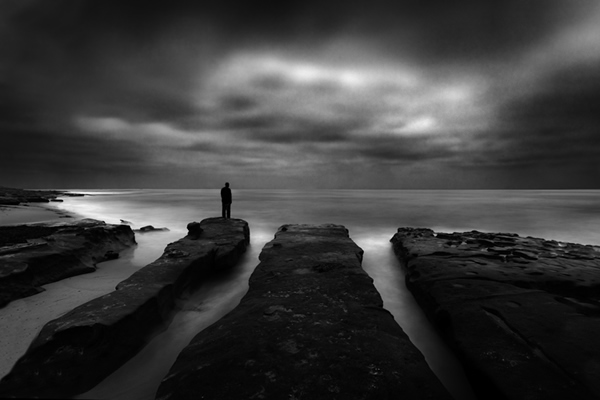
Lone Man: This is a series that actually has some meaning behind it, here is my artist statement. Full Story here. In this blog post I describe how I created it. Click here
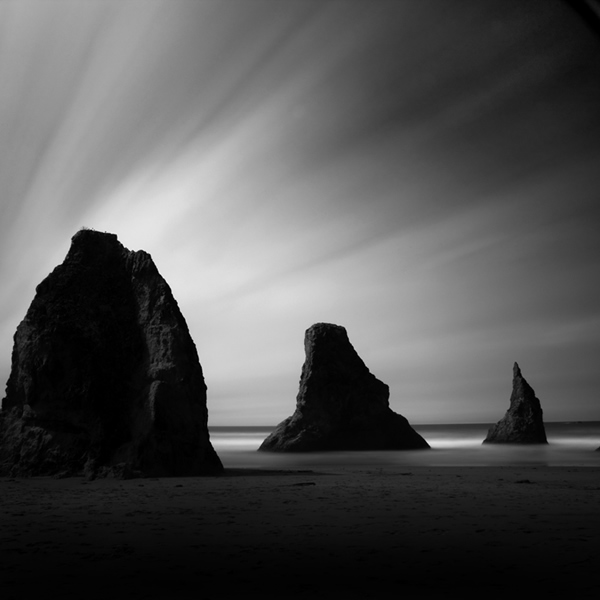
Monolith: Every September I go to Bandon Beach in Oregon. These Monoliths dominate the beaches there and they remind me of my childhood days reading Thor Heyerdahl’s book “Aku Aku ” which tells the story are the giant stone statues on Easter Island. Here is a video of my Monolith series.

Ceiling Lamp, Mourning Dove Ranch: This is my favorite image from my “Ceiling Lamp” series that reminds me that art does not need to be serious or herald a cause. Sometimes it can be frivolous and fun. Entire Portfolio here.

Auschwitz No.13: I think this is the most poignant image from my series “The Ghosts of Auschwitz-Birkenau” because it represents spirits leaving the gas chamber at Auschwitz.

But this is my favorite image from the series. See the complete series

Clouds:
This was another experience that reminds me to “always stop.” The family had just returned from a 2 week trip to Japan and we had been on the plane and the road for a very long time. As we approached home, just 5 minutes away, I saw this cloud structure and wanted to stop. But I knew I would incur the wrath of the family who were tired, hungry, jet-lagged and cranky.
I debated and decided not to stop. Then I remembered my past experience with Windmill in Moonlight and my resolve to “always stop.” I stopped and endured the yelling and screaming from the family, and in 5 minutes was on my way home and one of my most loved images was captured. Click here for large image
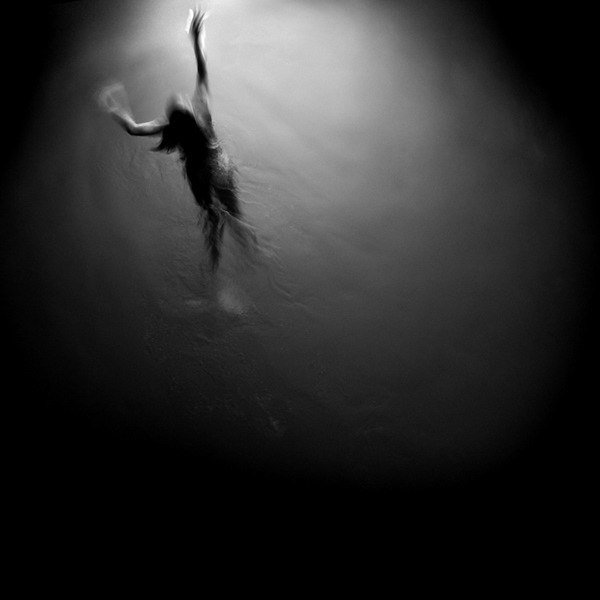
Swimming Towards the Light: This is one of my all-time favorite images, it’s my daughter in a swimming pool. I love it for the simplicity in the image and the message.
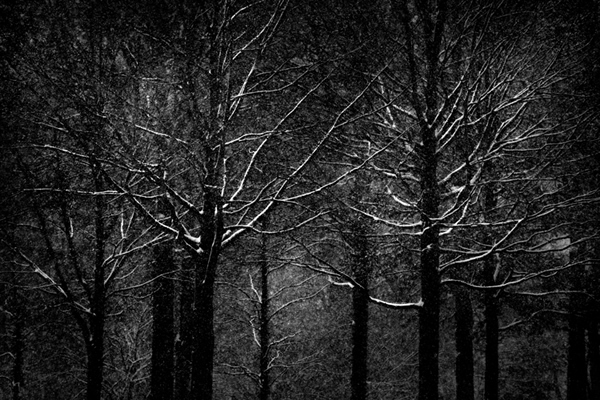
Blizzard:
This will forever remind me of the blizzard I was caught in one Spring day on the DC Mall and my attempt to avoid frostbite by entering the International Monetary Fund building just off the mall. I had about 3 minutes reprieve before a large female security guard threw me out of the building!
But it this image made it worth it!
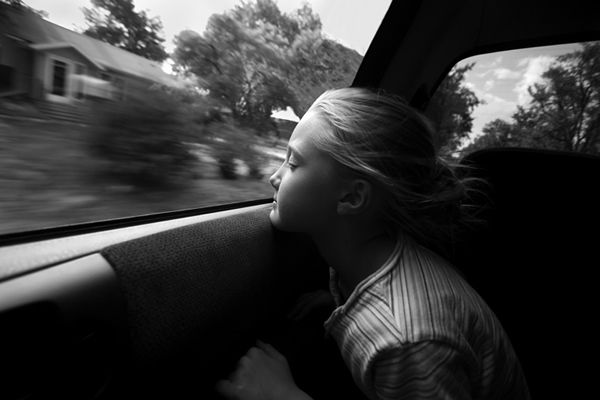
Windsurfing: This was a spontaneous moment, photographed while driving and hoping I could get the shot before my daughter became aware of the camera. I think most people can relate to this image.

Dunes: I’ve become attracted to sand dunes and their abstract resemblance to the human. This is my favorite from the series “The Dunes of .” More Images
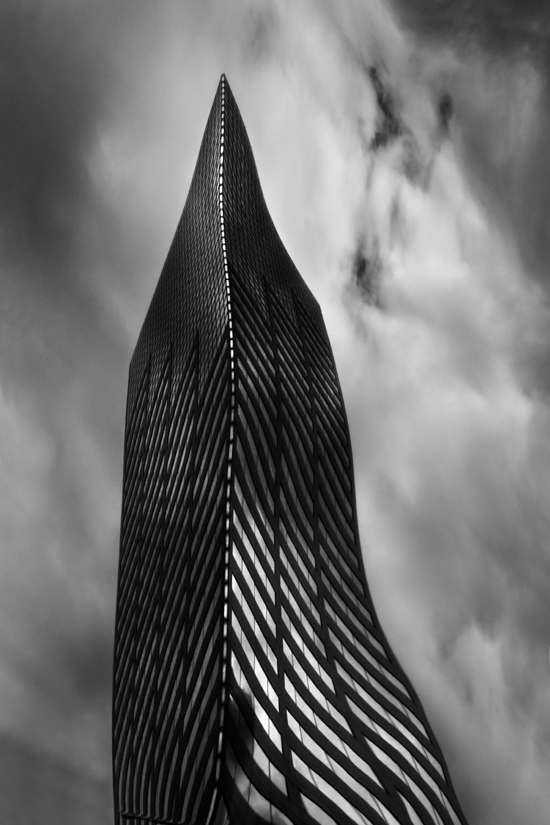
Fountainhead: This is my favorite image from the series “The Fountainhead.” I’ll always remember how much our rights as photographers have been limited by 911. I shot these images in about 15 cities and was molested about as many times. Full Story here
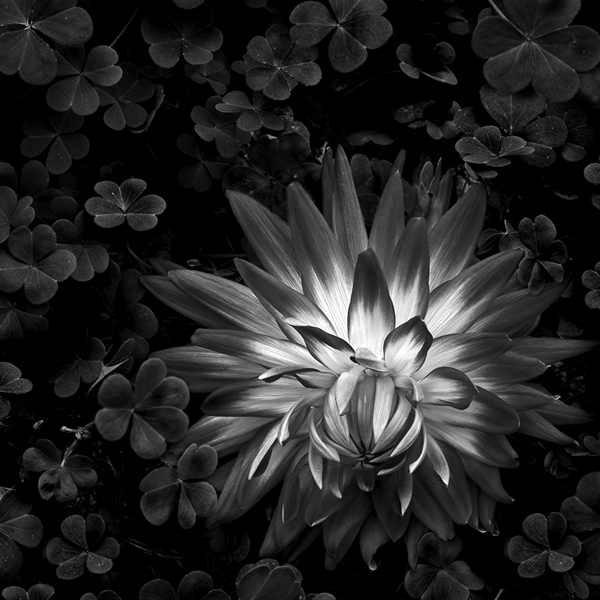
Flaming Dahlia: A simple and beautiful image of a Dahlia that was thrown away in a green house. One man’s trash is another’s treasure?. Full Story here
The best achievement/compliment you received so far and what is your intake about Awards and Compliments?
I used to meticulously maintain my resume, listing all of my awards, publications and achievements. But at a certain point it became clear to me that none of that mattered, and that the only thing that really matters is how I felt about my work.
For that reason I have retired my traditional resume and now say this:
My art has appeared in many exhibitions, publications and has received numerous awards. And yet my resume does not list those accomplishments, why?
In the past I’ve considered those accolades as the evidence of my success, but I now think differently. My success is no longer measured by the length of my resume, but rather by how I feel about the art that I create. While I do enjoy exhibiting, seeing my work published and meeting people who appreciate my art, this is an extra benefit of creating, but this is not success itself.
I believe that the best success is achieved internally, not externally.
So what honors do I value? The honors of a friend who loves my work enough to hang it in their home. Or the appreciative comments I receive from Holocaust survivors who see my work from Auschwitz-Birkenau. Those are the honors I value most.
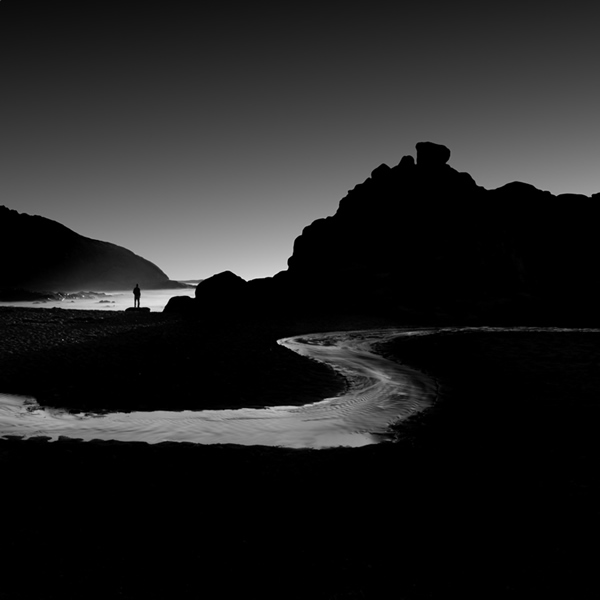
“I believe that the best success is achieved internally, not externally” – I feel it is a Saint like saying, any words for It?
When we are young, we sometimes pursue fame and fortune. As you get older, you realize that these are not the keys to happiness. There is nothing wrong with achieving fame and fortune, when they are the by-products of sincere and honest work. But when a person seeks after these things, my experience has taught me that they will be a hollow achievement.
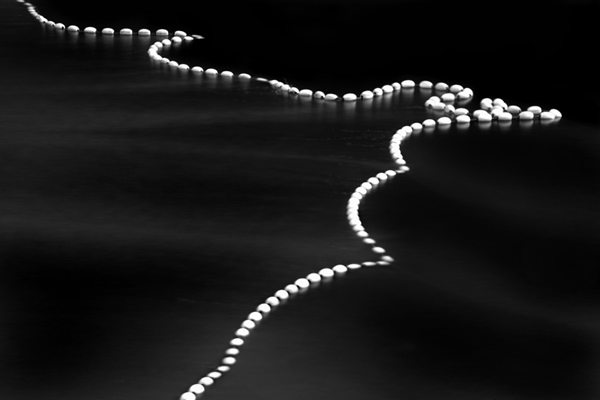
Which photographers have inspired you?
When I was young, Adams was the photographer I most admired but I also closely followed Weston, Caponigro, Strand and Bullock. Later in life I was amazed by the long exposure work of Alexy Titarenko and he was one of the main reasons I pursued long exposures.
But the man whose attitudes I admire the most is Edward Weston. I have read his Day Books many times and they never cease to inspire me. It was his independent attitude that has shaped much of my thinking about my art.
My favorite story that illustrates Weston’s attitude is told by Ansel Adams upon seeing his work for the first time:
“After dinner, Albert (Bender) asked Edward to show his prints. They were the first work of such serious quality I had ever seen, but surprisingly I did not immediately understand or even like them; I thought them hard and mannered. Edward never gave the impression that he expected anyone to like his work. His prints were what they were. He gave no explanations; in creating them his obligation to the viewer was completed.”
From Weston I have learned that it doesn’t matter who likes or doesn’t like your work, your opinion is the only one that matters.
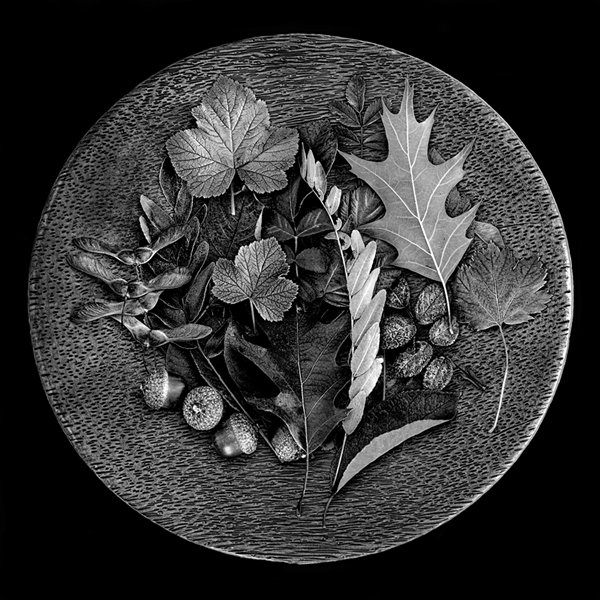
What Tips or Advice do you have for other aspiring photographers?
I always hesitate to give advice, because it comes from my perspective, but here are a few tips:
- Ignore the rules, and better yet, never learn them! They are restrictive and will only lead you to mediocre work that will look like everyone else’s that follow the rules.
- Develop your own vision and style and resist copying others. Don’t become an imitator, but a creator!
- Find projects that you have a burning passion for. If you don’t feel that way about your current project, change it!
- Do not accept the standard definition of success (fame, fortune, big name gallery representation and a published book) Define for yourself what success is and then purposely pursue it.
- Seek only to please yourself, because pleasing others is never success and is unfulfilling.
- Be a good person, this will help you be a good artist.
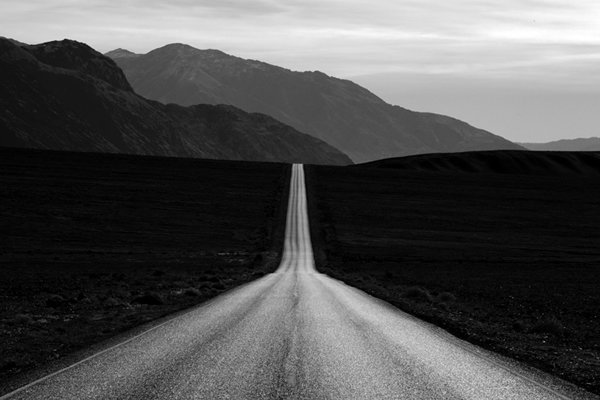
Quick Questions:
- What is your idea of happiness?
Having my family around me, some spare time to pursue my art and a few dollars in my pocket. - What is your greatest fear?
That I will hurt another person. - What do you consider your greatest achievement?
Raising five children who are good and successful. - Where would you like to live?
La Jolla in California, but only after about 5 million people move away first! - What is your most marked characteristic?
I have strong opinions and always think that I’m right. - What do you most appreciate in your friends?
That they see past my failings. - Who are your heroes in real life?
People who have suffered great tragedies and yet have chosen to have a great attitude about life. - What is your present state of mind?
Harried. - Who are your favorite authors?
Harper Lee (To Kill a Mockingbird) - What is your favorite motto?
Have I done any good in the world today?
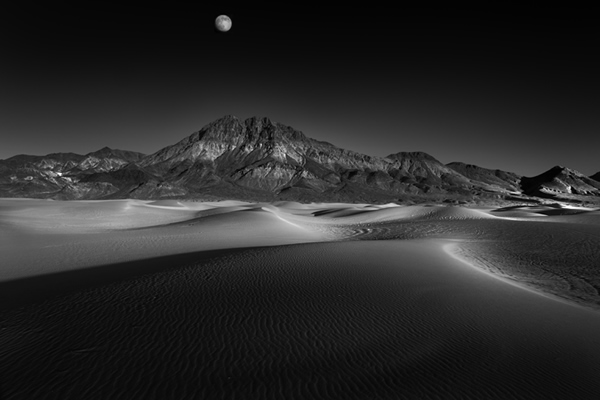
Thanks again for providing 121 Clicks with this opportunity to interview you. Any final thoughts for our readers?
I’ve enjoyed this interview, you have asked me some very good questions and it’s caused me to reflect on my work and motives. Thank you for this opportunity!
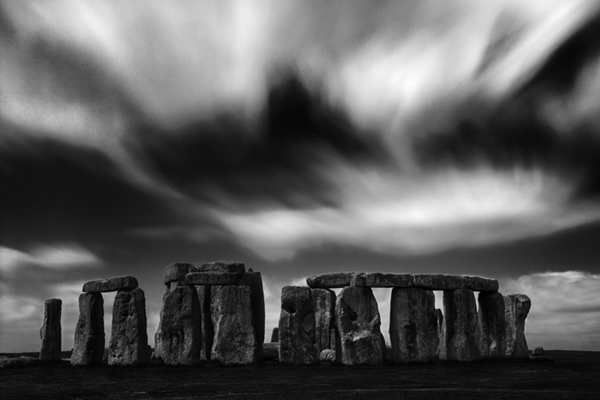
You can find Cole Thompson on the Web :
Copyrights:
All the pictures in this post are copyrighted to Cole Thompson. Their reproduction, even in part, is forbidden without the explicit approval of the rightful owners.

